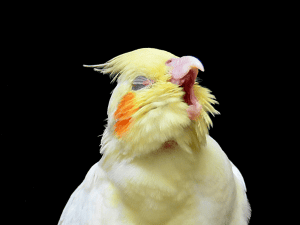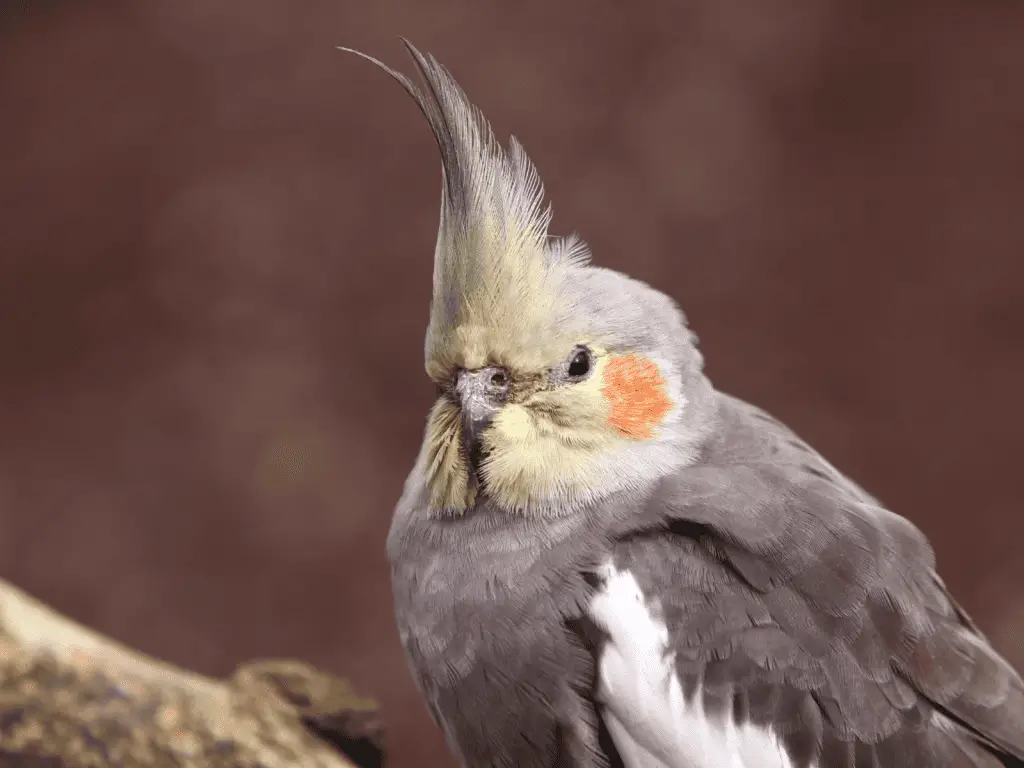Cockatiels are beloved pets that bring joy and entertainment to their owners. However, like all animals, they are susceptible to certain health issues. One such issue that may arise is cockatiel beak peeling.
The beak is an essential tool for a cockatiel, playing a vital role in many activities such as eating, climbing, and grooming. When a cockatiel’s beak begins to peel, it can be a concerning problem that impacts its quality of life.
Understanding the causes and prevention of beak peeling is crucial for ensuring the health and well-being of your cockatiel. This is why it is important to educate oneself on the topic.
In this blog post, we will explore the topic of cockatiel beak peeling in-depth, covering everything from the anatomy of a cockatiel beak to the steps you can take to prevent beak peeling from happening to your pet.
Understanding Cockatiel Beaks

Before we can discuss the causes and prevention of beak peeling, it is important to understand the anatomy of a cockatiel’s beak.
The beak is made up of two parts: an upper mandible and a lower mandible. The upper mandible has a harder outer layer that is covered in keratin, while the lower mandible is more flexible and has a softer outer layer. The two parts of the beak are connected by a hinge, allowing them to open and close when needed.
The beak also contains sensitive nerves which provide sensations such as temperature and pressure to the bird. This allows them to identify food sources, judge how hard they need to bite into food, and determine when something is too hot or cold.
The beak naturally wears down over the course of a cockatiel’s life, and as it does, new layers of keratin form to replace the old ones. This is why beaks need to be regularly trimmed in order to keep them at an appropriate length.
Causes of Cockatiel Beak Peeling
The cockatiel’s beak is peeling for a variety of reasons. One of the most common causes is nutritional deficiencies. If a bird’s diet is not balanced and does not provide the necessary vitamins and minerals, it can lead to a weak or flaky beak.
Another cause of beak peeling can be environmental factors, such as an unclean cage or lack of fresh water. Pet birds need access to clean water at all times, and their water bowls should be cleaned daily. Additionally, their cage should be cleaned regularly and made of safe, non-toxic materials.
Health issues, such as illness or injury, can also cause a cockatiel’s beak to peel. If you notice any other signs of illness, such as changes in behavior or appearance, take your bird to an avian vet for a check-up.
Finally, genetics can also play a role in cockatiel beak peeling. Some species of pet birds are more prone to beak problems, so it’s important to be mindful of your bird’s health and seek veterinary care if necessary.
Prevention of Cockatiel Beak Peeling

To prevent cockatiel beak peeling, it’s important to provide your pet bird with a balanced and nutritious diet. Offer a variety of fruits, vegetables, and other foods to ensure they are getting all the vitamins and minerals they need.
In addition to a healthy diet, it’s important to provide your pet bird with a safe and clean environment. Regularly clean their cage and water bowls, and provide them with fresh water daily. Also, make sure the cage is made of safe materials that won’t harm your bird’s beak.
To maintain a healthy parrot’s beak, it’s important to provide plenty of toys for your pet bird to chew and play with. This will help keep their beaks in good shape and prevent boredom, which can lead to destructive behaviors.
If you notice any signs of beak peeling, it’s essential to seek veterinary care as soon as possible. An avian vet can help diagnose the issue and provide recommendations for treatment and prevention.
Final Thoughts: Understanding Cockatiel Beak Peeling: Causes and Prevention
Cockatiel beak peeling can be caused by a variety of factors, including nutritional deficiencies, environmental factors, health issues, and genetics. To prevent beak peeling, it’s important to provide your pet bird with a balanced diet, a clean and safe environment, and plenty of toys to chew and play with. If you notice any signs of beak peeling, it’s essential to seek veterinary care right away.
By following these steps, you can help ensure that your cockatiel has a healthy beak and a happy life. Remember, a healthy beak is an essential component of a pet bird’s overall well-being, so it’s important to take the necessary steps to keep your pet bird in perfect health.



